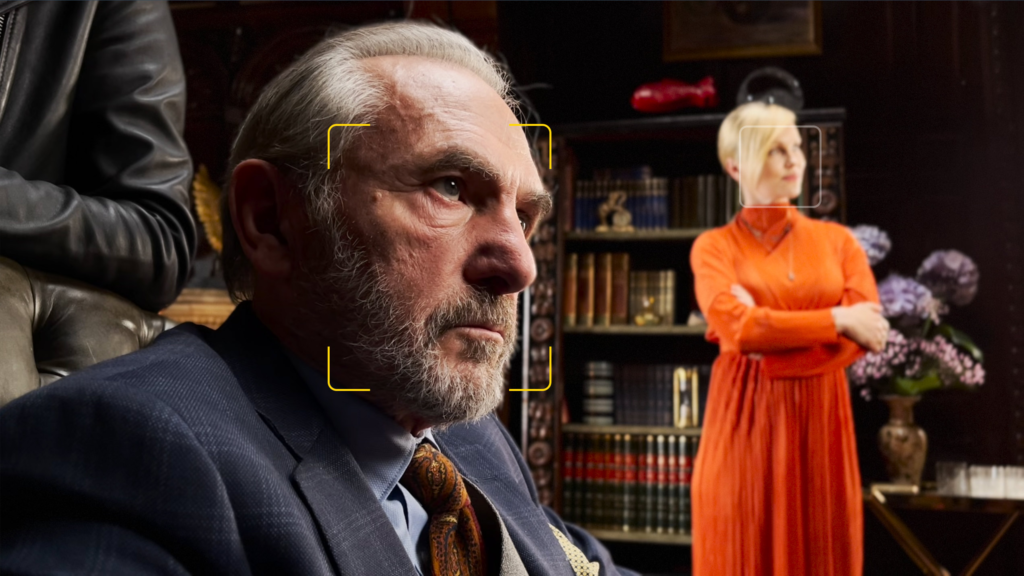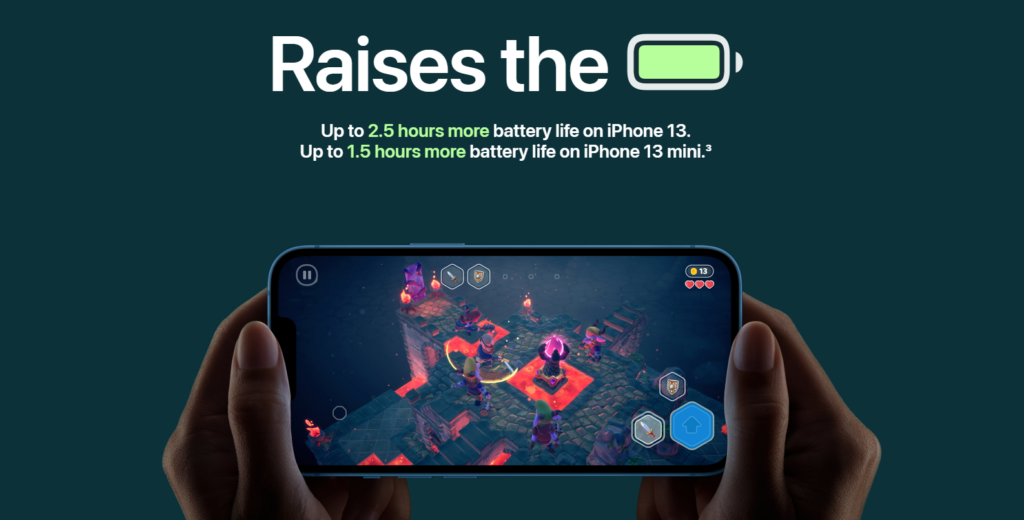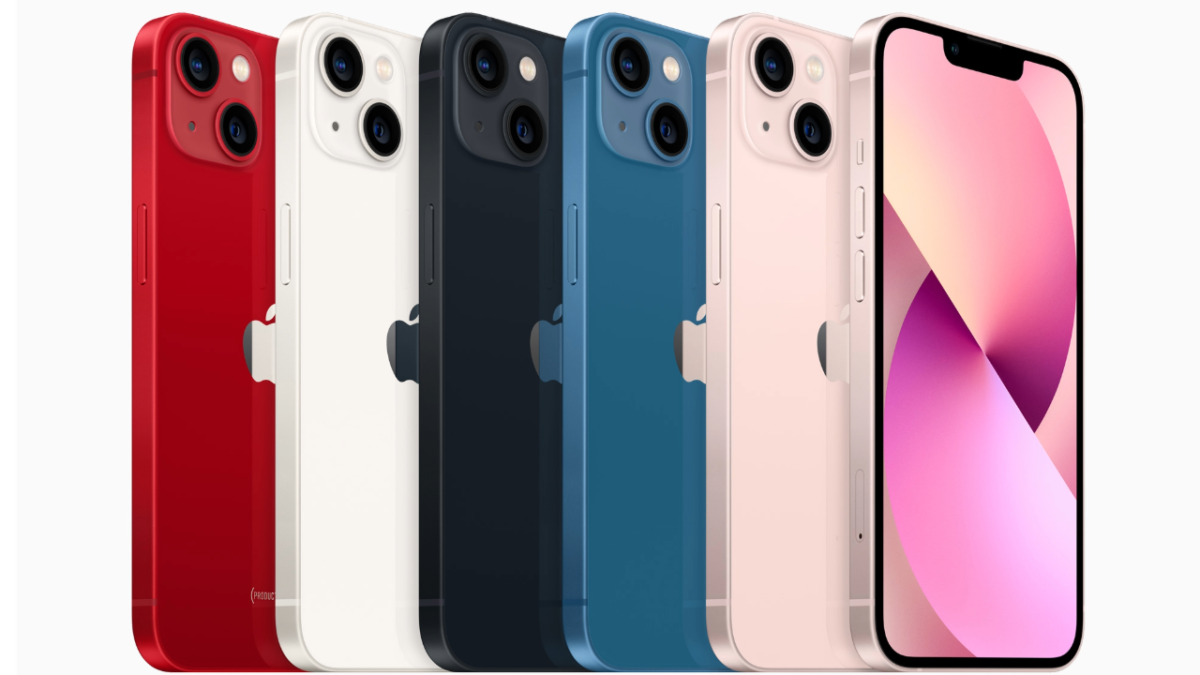Table of Contents
Introduction
The iPhone 13, launched in 2021, was a solid upgrade when it first arrived. Fast forward to 2025, and many users are wondering if it’s still a worthy device, especially with Apple’s latest innovations and software updates. Let’s dive into how the iPhone 13 holds up today.
Design and Display
The iPhone 13 retains its premium design with a durable Ceramic Shield front, aluminum frame, and a sleek glass back. While newer models have introduced titanium and slimmer bezels, the iPhone 13 still looks and feels premium. The 6.1-inch Super Retina XDR display delivers vibrant colors and sharp details, making it an excellent choice for media consumption, even by 2025 standards. However, its 60Hz refresh rate feels outdated compared to modern smartphones that boast 120Hz or even 144Hz displays.
Performance and Software
Under the hood, the iPhone 13 is powered by the A15 Bionic chip, which, despite being four generations old, remains quite capable. It still handles day-to-day tasks smoothly, including gaming, multitasking, and video editing. However, compared to newer chips, it may struggle with the most demanding applications.
One major downside in 2025 is that the iPhone 13 will not receive Apple Intelligence—Apple’s latest AI-powered system introduced in newer models. This means users will miss out on advanced AI features like real-time language processing, on-device AI-driven Siri enhancements, and intelligent app suggestions.
On the software side, the iPhone 13 runs iOS 18, Apple’s latest operating system. While it gets most of the core updates, its lack of AI-driven features makes it feel slightly outdated compared to newer models that fully support Apple Intelligence. Still, iOS 18 brings UI refinements, privacy improvements, and better performance optimization.
Camera Performance

The dual-camera system (12MP wide and ultra-wide) still captures excellent photos with good color accuracy and dynamic range. Night mode remains effective, and computational photography ensures high-quality shots. However, newer iPhones have introduced significantly better sensors, improved low-light performance, and AI-driven enhancements that make the iPhone 13’s camera feel somewhat behind the times.
While the iPhone 13 still supports 4K video recording with Dolby Vision HDR, newer models offer ProRes and better stabilization, making them superior for content creators.
Battery Life and Charging

Battery life on the iPhone 13 remains decent, with most users getting a full day’s use on a single charge. However, newer iPhones have significantly better battery efficiency, and fast-charging speeds have improved. The iPhone 13 is limited to 20W wired charging and 15W MagSafe wireless charging, which feels sluggish compared to modern devices that charge at nearly double the speed.
Is It Still Worth Buying in 2025?
The iPhone 13 remains a solid smartphone for basic and moderate users, thanks to its reliable performance, good cameras, and excellent display. However, the lack of Apple Intelligence support and aging hardware make it less future-proof. If you’re using an iPhone 13, it can still last another year or two, but upgrading to a newer model (such as the iPhone 15 or later) would provide a significantly better experience.
Pros:
✅ Still gets iOS 18 updates
✅ Solid performance with A15 Bionic chip
✅ Good camera quality
✅ OLED display with great color accuracy
✅ Durable build quality
Cons:
❌ No support for Apple Intelligence
❌ 60Hz display feels outdated
❌ Slower charging compared to newer models
❌ Camera system lacks modern AI enhancements
Final Verdict:
The iPhone 13 is still a decent phone in 2025, but it’s starting to show its age. If you’re looking for the latest AI-driven features and future-proof performance, upgrading to a newer model would be a wise choice. However, if you just need a reliable iPhone for everyday use, the iPhone 13 can still hold its own.
You May Also Like: OnePlus 13 Review: The Ultimate Flagship Experience or Just Hype?





